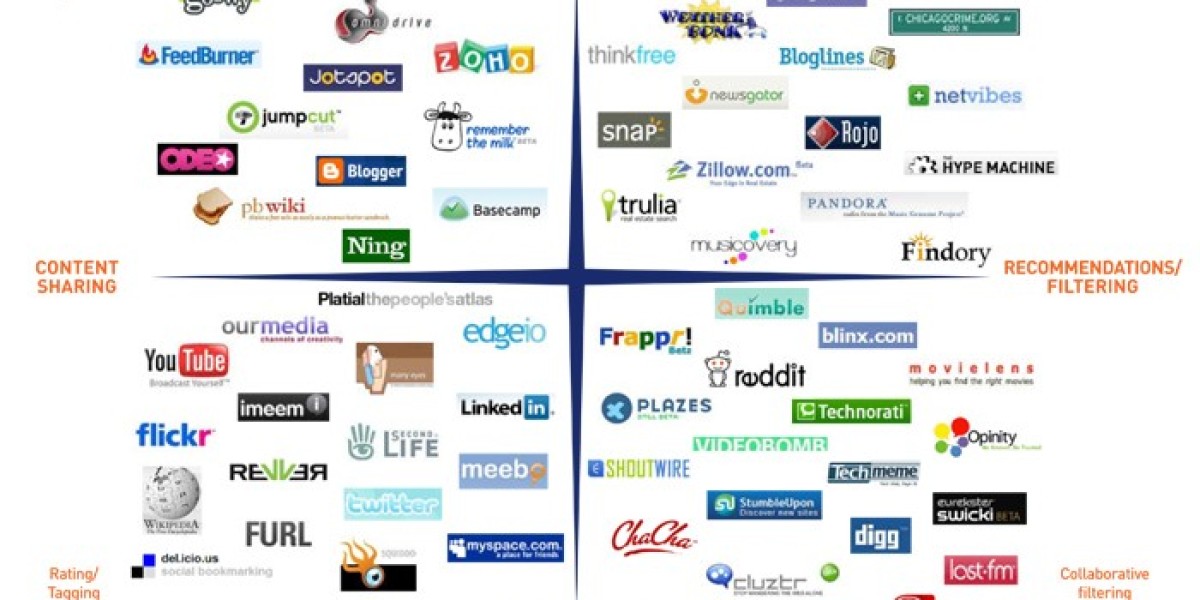Every business depends on anticipating future demand to ensure smooth operations, manage inventory efficiently, and optimize financial planning. The objectives of demand forecasting extend beyond simply predicting sales; they play a crucial role in decision-making across production, supply chain management, marketing, and financial planning. Companies that effectively implement demand forecasting strategies reduce risks, minimize costs, and improve customer satisfaction.
A demand forecast provides insights into future market trends, helping businesses prepare for potential demand fluctuations. Whether it is predicting seasonal trends, responding to economic conditions, or managing supply chain disruptions, demand forecasting is a key component of strategic business planning. By understanding the fundamental objectives of demand forecasting, businesses can make data-driven decisions that enhance efficiency and profitability.
Optimizing Inventory Management
One of the primary objectives of demand forecasting is to help businesses maintain optimal inventory levels. Overstocking leads to increased storage costs, product wastage, and capital being tied up in unsold goods, while understocking results in missed sales opportunities and dissatisfied customers. With accurate demand forecasting, businesses can predict the right quantity of products to stock, reducing excess inventory and avoiding shortages.
A reliable demand forecast helps businesses prepare for seasonal demand fluctuations. For example, retailers experience peak demand during the holiday season, while industries such as agriculture and fashion have cyclical demand patterns. Businesses that rely on demand forecasting can stock products in anticipation of peak periods and prevent supply chain bottlenecks.
Enhancing Supply Chain Efficiency
An efficient supply chain ensures that products move seamlessly from manufacturers to consumers. One of the key objectives of demand forecasting is to align supply chain operations with market demand. Without accurate forecasting, businesses may struggle with supply chain inefficiencies such as delayed deliveries, unbalanced production schedules, and increased costs.
By integrating demand forecasting into supply chain planning, businesses can enhance procurement strategies, optimize transportation routes, and improve warehouse operations. A well-structured demand forecast enables companies to anticipate potential disruptions and make proactive adjustments to their supply chains, ensuring smooth and efficient operations.
Improving Production Planning
Manufacturers need to align their production schedules with expected demand to avoid overproduction or underproduction. A well-defined demand forecast helps manufacturers determine the quantity of raw materials required, workforce allocation, and machinery utilization. This prevents resource wastage and ensures that production meets actual market needs.
One of the objectives of demand forecasting in production planning is to minimize lead times while maintaining flexibility. With an accurate demand forecast, businesses can adjust production volumes based on real-time demand trends. This is particularly important in industries such as automotive, electronics, and pharmaceuticals, where production efficiency directly impacts profitability.
Supporting Financial Planning and Budgeting
A solid financial plan relies on accurate sales predictions. Businesses that fail to forecast demand accurately may experience cash flow issues, budget misallocations, and financial instability. One of the most important objectives of demand forecasting is to provide businesses with reliable data for financial planning.
By analyzing demand patterns, businesses can set realistic revenue targets, allocate budgets for procurement and marketing, and make strategic investment decisions. An effective demand forecast ensures that companies manage resources efficiently, reducing financial risks and improving long-term profitability.
Enhancing Marketing and Sales Strategies
Marketing strategies must be aligned with expected demand to maximize effectiveness. One of the significant objectives of demand forecasting is to provide businesses with insights into consumer behavior, market trends, and competitor activity. Businesses that understand demand patterns can create targeted marketing campaigns that resonate with their customers.
A data-driven demand forecast enables businesses to allocate marketing budgets wisely, ensuring that promotions are launched at the right time to capture market demand. Whether it is seasonal sales, new product launches, or price adjustments, demand forecasting allows companies to design marketing campaigns that drive higher engagement and sales.
Minimizing Business Risks and Uncertainties
Markets are unpredictable, with demand being influenced by economic fluctuations, geopolitical events, and industry disruptions. One of the essential objectives of demand forecasting is to minimize business risks by providing early warning signs of potential market changes. Companies that rely on demand forecasting can prepare for uncertainties by adjusting pricing, production, and procurement strategies.
A well-structured demand forecast helps businesses mitigate risks such as supplier delays, sudden demand drops, and unexpected cost increases. By analyzing historical data and external factors, businesses can implement risk management strategies that safeguard operations against market volatility.
Enabling Better Workforce Planning
Human resource planning is directly impacted by demand fluctuations. Companies that experience peak demand during certain periods need to ensure they have the right workforce in place. One of the objectives of demand forecasting is to help businesses plan workforce requirements effectively.
By predicting demand surges, businesses can hire temporary staff, adjust shift schedules, and allocate human resources efficiently. Similarly, during low-demand periods, companies can optimize workforce productivity by reallocating employees to different tasks. A well-executed demand forecast ensures that businesses manage labor costs while maintaining productivity.
Facilitating Product Development and Innovation
New product development requires a thorough understanding of market demand. Companies that introduce products without analyzing demand patterns risk poor sales performance. One of the objectives of demand forecasting is to help businesses identify market gaps, consumer preferences, and emerging trends.
By studying past demand trends and customer feedback, businesses can develop innovative products that meet market needs. A precise demand forecast ensures that companies invest in the right product categories, reducing the risk of failed launches and wasted resources.
How thouSense Enhances Demand Forecasting
With increasing market complexities, businesses need advanced forecasting tools that provide real-time insights. thouSense is a cutting-edge demand forecasting platform that integrates artificial intelligence, machine learning, and big data analytics to help businesses predict demand with greater accuracy.
By leveraging AI-driven algorithms, thouSense enables businesses to track consumer behavior, market trends, and external factors in real-time. This ensures that companies make proactive decisions that align with demand fluctuations. Unlike traditional forecasting models, thouSense continuously updates predictions, allowing businesses to stay ahead of market changes.
Businesses that implement thouSense benefit from improved forecasting accuracy, reduced inventory costs, and enhanced operational efficiency. The platform’s real-time analytics capabilities enable companies to optimize supply chain processes, adjust pricing strategies, and improve financial planning. By integrating thouSense, businesses gain a competitive advantage, ensuring they meet market demand efficiently while minimizing risks.
Conclusion
The objectives of demand forecasting span across multiple business functions, from inventory management and supply chain optimization to financial planning and marketing strategies. Companies that invest in accurate demand forecasting gain a strategic edge by making data-driven decisions that improve efficiency, reduce risks, and enhance profitability.
A reliable demand forecast enables businesses to align production schedules, manage workforce requirements, and allocate financial resources effectively. In today’s rapidly changing market landscape, leveraging advanced forecasting tools like thouSense is essential for staying ahead of competitors. By adopting AI-powered demand forecasting solutions, businesses can enhance decision-making, improve operational efficiency, and drive long-term growth.
Explore our AI-based SaaS platform to predict sales volume and demand trends. To know more, visit: https://thousense.ai/pricing
Source: https://www.exoltech.us/blogs/259659/Understanding-the-Key-Objectives-of-Demand-Forecasting









